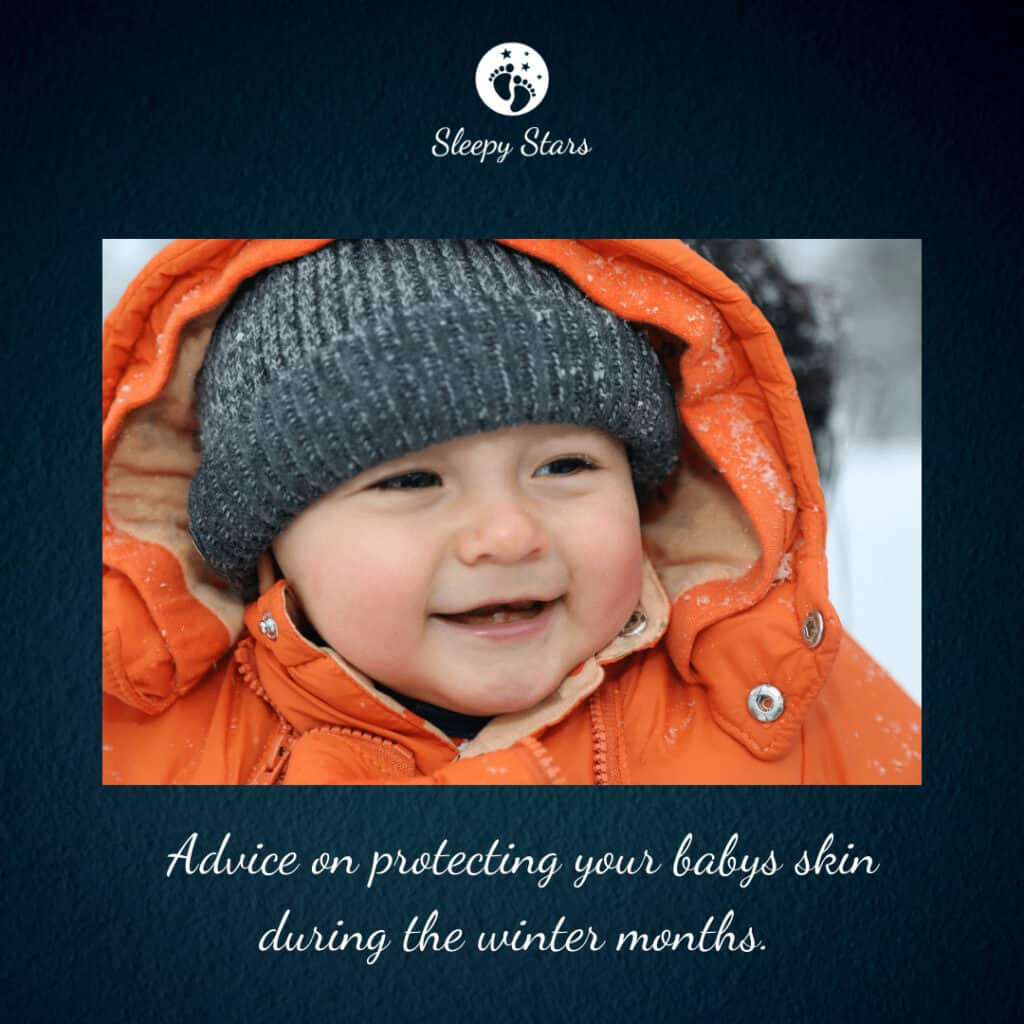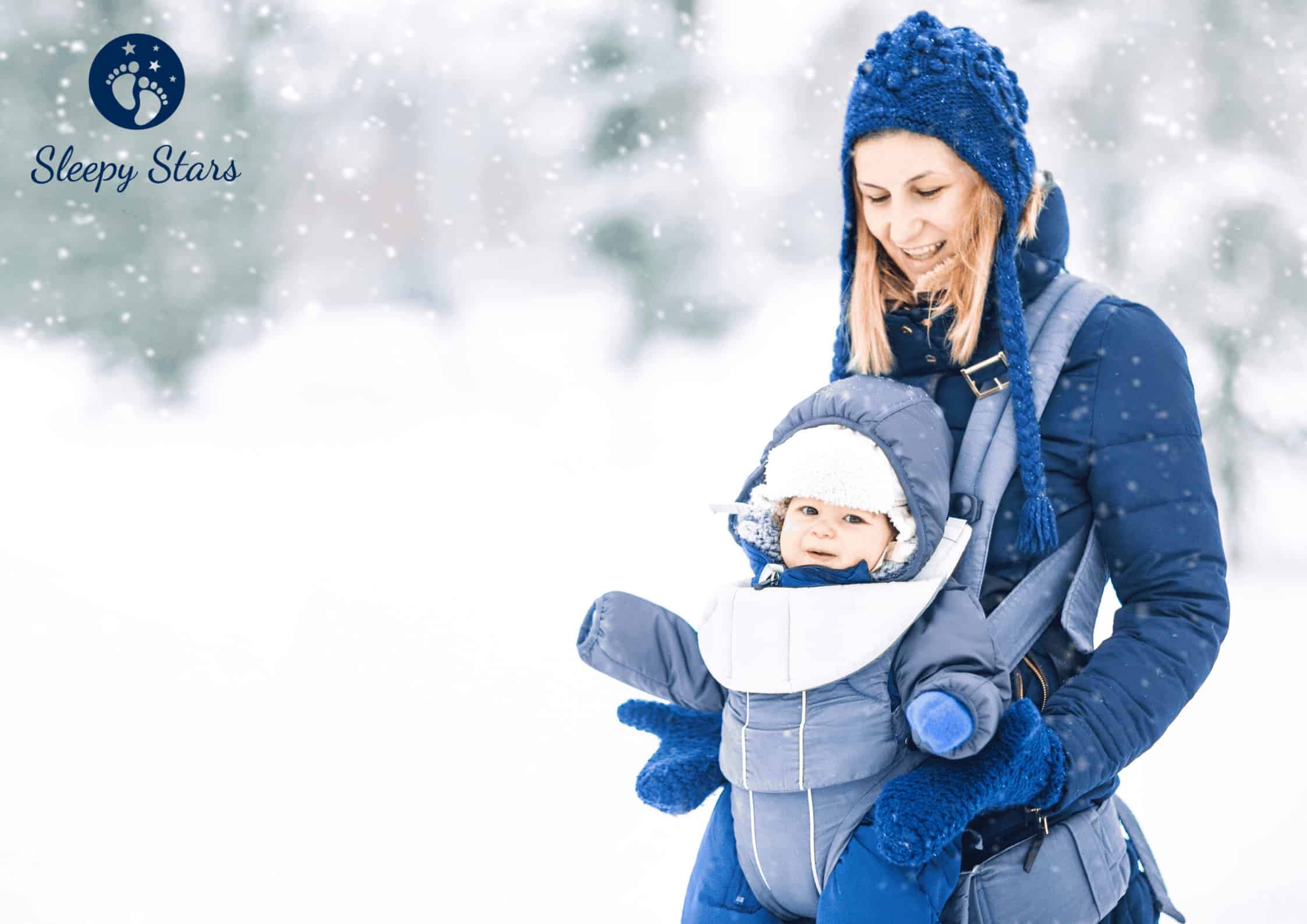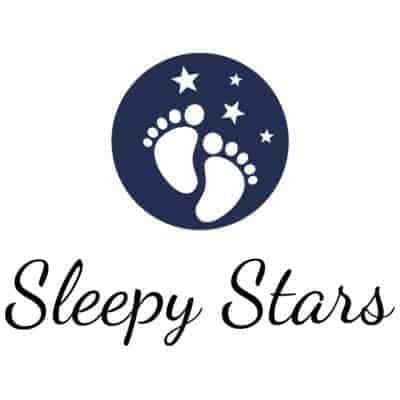
Rosy cheeks are cute, chapped sore cheeks are not!
My work as a paediatric sleep consultant, maternity nurse and nanny brought me around the world: white winters in New York City, Switzerland and Canada, summers in Monaco, Barbados and Dubai. Each climate comes with their challenges when working with young children. I’d like to chat a little about caring for your baby’s delicate skin during the cold winter months.
I love to be outdoors with the children I care for, whether it’s a walk in Central Park in the snow or having them in sleds for winter frolics.
From around 4 months of age your little one can put their hands into their mouths and hold them there. Parents often think this is teething, but usually it’s just a new developmental skill. When a baby can hold their hands to their mouth it does create a lot more saliva around the mouth and neck; often you feel like they are ‘drooling like a tap’, and you’re changing dribble bibs hourly! When your little one does begin to teethe, this can really exacerbate skin issues.
When we bring a baby from a lovely, warm, heated house out into the windy, cold outdoors, we naturally wrap little ones up to keep them warm. Although wrapped up in the buggy or sling, their face is exposed, and with older children often their hands are also exposed to the elements – keeping gloves on young children is not easy!
When young skin has so much to deal with – warm environments, cold windy conditions and extra saliva – it can become really irritated, to the point where it can become very red, raw and crack.
A few tips to help protect your baby’s skin:
![]() I usually apply a thick layer of baby-safe moisturiser on. I let that absorb and just before we leave the house, I apply a layer of barrier ointment (petroleum jelly) to lock in the moisture and protect the skin. Apply around the mouth, cheeks, nostrils and a light layer on the hands if you can’t get your little one’s mittens to stay on. Although some baby’s skin responds to different products, a thick, greasy, baby-safe moisturiser can be like a two-in-one and some parents find they work best. Most babies don’t really like you annoying them with lotions etc, so playing the “Where’s your nose? There it is! Where’s your cheek? Oh there it is,” game in a silly voice will help. Don’t just jump out of nowhere and start plastering on the ointments! I like the Burts Bees range and the Aveeno baby products. NB: Always read the labels.
I usually apply a thick layer of baby-safe moisturiser on. I let that absorb and just before we leave the house, I apply a layer of barrier ointment (petroleum jelly) to lock in the moisture and protect the skin. Apply around the mouth, cheeks, nostrils and a light layer on the hands if you can’t get your little one’s mittens to stay on. Although some baby’s skin responds to different products, a thick, greasy, baby-safe moisturiser can be like a two-in-one and some parents find they work best. Most babies don’t really like you annoying them with lotions etc, so playing the “Where’s your nose? There it is! Where’s your cheek? Oh there it is,” game in a silly voice will help. Don’t just jump out of nowhere and start plastering on the ointments! I like the Burts Bees range and the Aveeno baby products. NB: Always read the labels.
![]() Dab excess drool/saliva away with a soft clean bib or cloth, don’t ‘rub’ baby’s delicate skin because if it’s already irritated you will make it worse. Don’t use rough towelling material, or kitchen roll! Soft cotton material is best.
Dab excess drool/saliva away with a soft clean bib or cloth, don’t ‘rub’ baby’s delicate skin because if it’s already irritated you will make it worse. Don’t use rough towelling material, or kitchen roll! Soft cotton material is best.
![]() Be aware of clothing irritation. Often babies like to lick or suck the zippers of snow suits that reach the mouth area. Woolly hats can sometimes have ear muff style sides that can irritate the skin and the same with scarfs.
Be aware of clothing irritation. Often babies like to lick or suck the zippers of snow suits that reach the mouth area. Woolly hats can sometimes have ear muff style sides that can irritate the skin and the same with scarfs.
![]() Some bedrooms can become quite dry when the heating has been on in the house. The recommended safe temperature for a baby’s room is between 19-21 degrees. If you find your own skin, eyes, nostrils are dry then your baby may be feeling the same. A cool mist humidifier may be needed on a low setting to add some moisture to the air. Also, dry stuffy rooms can make your baby thirsty at night.
Some bedrooms can become quite dry when the heating has been on in the house. The recommended safe temperature for a baby’s room is between 19-21 degrees. If you find your own skin, eyes, nostrils are dry then your baby may be feeling the same. A cool mist humidifier may be needed on a low setting to add some moisture to the air. Also, dry stuffy rooms can make your baby thirsty at night.
![]() I often encourage parents to do the bath time as part of their Sleepy Stars bedtime routine. This bath is not about washing your baby and you do not need to use products every time. Often I only ‘wash baby’ once a week, unless we have had a poop explosion, or it was a particularly messy day of weaning and solids practise. The bath time is more a quiet activity, a way of stretching your baby to bedtime and a change of environment. It’s a great sleep cue, as well as some one-on-one time. If you find your baby’s skin does dry out it can be related to the water in your area, and a few drops of a baby friendly oil in the bath water can help prevent the skin from drying out.
I often encourage parents to do the bath time as part of their Sleepy Stars bedtime routine. This bath is not about washing your baby and you do not need to use products every time. Often I only ‘wash baby’ once a week, unless we have had a poop explosion, or it was a particularly messy day of weaning and solids practise. The bath time is more a quiet activity, a way of stretching your baby to bedtime and a change of environment. It’s a great sleep cue, as well as some one-on-one time. If you find your baby’s skin does dry out it can be related to the water in your area, and a few drops of a baby friendly oil in the bath water can help prevent the skin from drying out.
The legal jargon: I am an Emergency Medical Technician and Maternity Nurse, I am not a GP. This is not medical advice; it is simply tips and advice from my own 20+ years’ experience of working with children.



